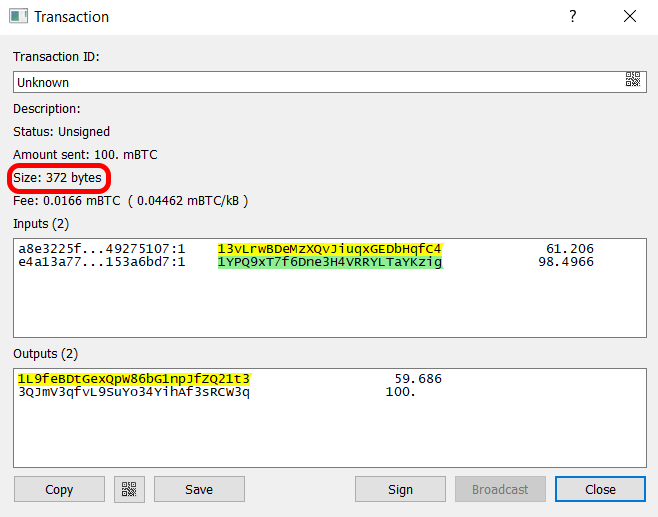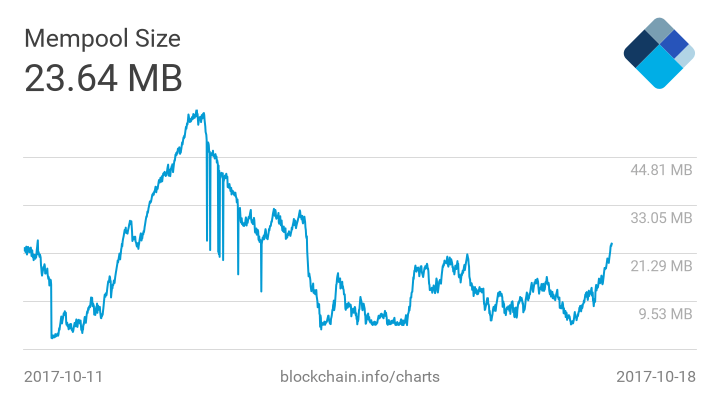
The other day we casually scare you a Commission for transactions in Bitcoin network, so today, together with the site 2bitcoins decided to talk about why sometimes it’s not so scary, but at the same time to explain how to make these cryptocurrency transfers.
When we use the mobile banking app or the web version, we have a little think about what’s happening there is happening inside. Just take and perform various operations with money: receive transfers, pay utilities, transfer money to other card users — it all happens in two or three clicks or clicking on the screen and made very simple and clear. How things with cryptocurrency wallets and transactions? Yes about the same. With a few exceptions.
First, some numbers: 1 BTC = 1000 mBTC or 100 000 000 Satoshi mBTC. Satoshi — the smallest unit of Bitcoin, named after the who invented the cryptocurrency Satoshi Nakamoto. This information may be useful in the future, but for now look at your bitcoin wallet.
Everything is pretty simple and straightforward, so you probably already prepared to send to the author a modest deal in bitcoins for work: drove his wallet in the column “Pay to”, specify the amount of the transfer, confirmed their intentions with a password… But wait! What kind of slider in the column “Fee”? This is the size of the Commission you pay for the transfer. And Yes, the amount of the fee can vary, exposing its value at its discretion. Why is it necessary?.. (While you can just click “Ok” to the transaction deal has already passed.) Now let’s deal.
We should start to understand what this transaction at all and what happens to sent to the recipient. Each transaction is a software code that is automatically generated based on where bitcoins came from and where they were sent. If two or more recipients, increasing the length and weight of the code.
Each address from which it received the funds, equal to about 148 bytes. Each address to which the money is spent, is approximately 34 bytes. Each transaction by itself is approximately 10 bytes. The weight of the number of participants in the translation does not.
On the screenshot of the Electrum wallet shows two incoming addresses (Inputs) and 2 outgoing addresses (Outputs).

148 × 2 + 34 × 2 + 10 = 374 bytes (Electrum shows 372 bytes) — much weighs this transaction. And because of the weight of the transaction in bytes, we pay and do not pay interest on the amount transferred. Once a transaction is confirmed, it is sent to the Bitcoin network and enters the queue of transactions, which is called the mempool and which can be compared with the pipette through which transactions get into blocks from which he built the whole network.
The size of the queue varies, and not all transactions immediately fall into the unit. Priority just given to those who put a greater amount of fee — in some cases, it affects the speed of transaction processing. Therefore, if you decide as soon as possible please with a translation, sometimes it is worth considering that the amount of the fee increase. If both participants are not in a hurry, the slider can be set to a minimum of sooner or later payment will still be held.
Before proceeding it is advisable to look at the size of mempool.

If it is almost empty, even transactions with a very small Commission will pass rather quickly, but it often happens Vice versa, so it is important to estimate precisely what sum it is advisable to “charge” for your translation. To perform complex calculations it is possible to visit a dedicated website who will tell you the optimal size of the Commission, but nothing prevents to count all independently and soberly assess the situation.
Let’s imagine that we turn in 10,000 transactions, but to pass the next block can only be 2500 of them. While 9,000 transactions are with the Commission of 1 Satoshi/bytes. Therefore, if you are a millionaire or like to waste money, then put the Commission at least 10 satoshis/byte, please. But keep in mind that even if you put up the fee in 2 satoshis/byte, your transaction will go in the first block.
In a situation with cryptocurrency exchanges, the situation is a bit different — it users can not set the size of the Commission personally, and he is already predetermined by the owners of the exchange that may change it at their discretion.
Who in the end will get all the transaction fees? The miner, who will receive her together with the reward for the next mined block.
Cryptocurrency transfers: the Board, tricks, and pitfalls
Vyacheslav Larionov